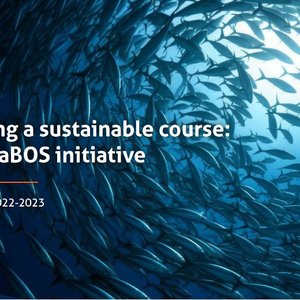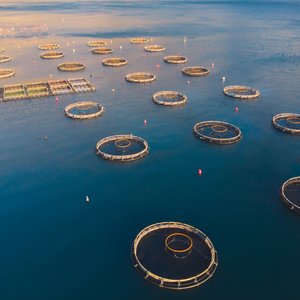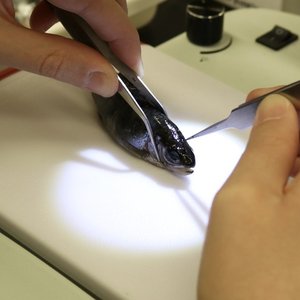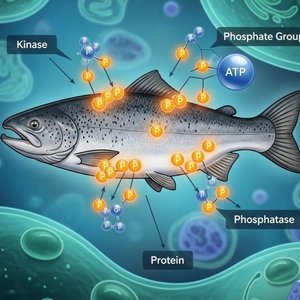The Scottish government published the Scottish Fish Farm Production Survey 2022 showing the industry trends within the farmed Atlantic salmon, rainbow trout and other species sectors.
In 2022, production of Atlantic salmon decreased by 36,199 tonnes (18%) to 169,194 tonnes, according to the report. The production of ova increased by 5.9 million in 2022 and the number of ova imported decreased by 6.8 million from the 2021 figure. The total number of smolts produced in 2022 increased by 3.9 million (8%) to 55.1 million.
Production tonnage of rainbow trout increased by 7% in 2022 to 8,757 tonnes. This is the highest level of rainbow trout production recorded in Scotland. Brown and sea trout production remained at 23 tonnes in 2022.
In 2022, the total number of staff directly employed in salmon production was 1,508 staff, an increase of 13 staff compared with 2021. The staffing figures refer to the production of Atlantic salmon in seawater and do not include staff involved with processing or marketing activities.
“We’ve seen a reduction in the reliance on imported salmon ova and an increase in production and hatches in Scotland. This strengthens our domestic supply chain and improves resilience. We also know that some companies are working to change their production strategies, for example, by increasing the average size of fish put to sea and reducing the marine phase of production,” said Mairi Gougeon, Cabinet Secretary for Rural Affairs, Land Reform and Islands.
“These figures also show that farmers are proactively responding to environmental and biological challenges and pressures, for example, by making the responsible decision where necessary to harvest smaller fish to support health and welfare, which has resulted in decreased production figures,” Gougeon said.













